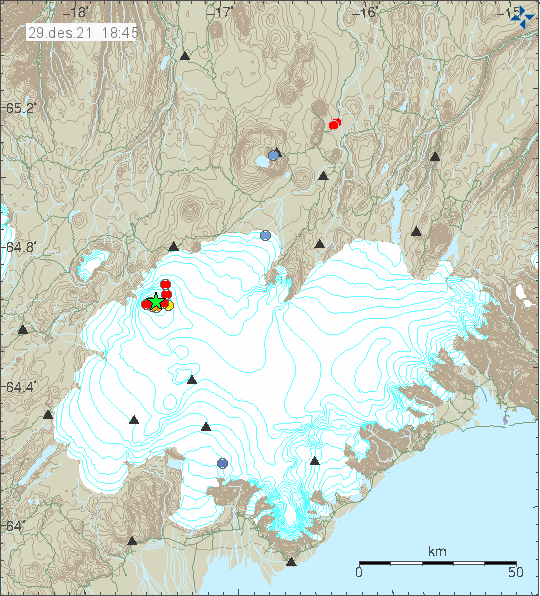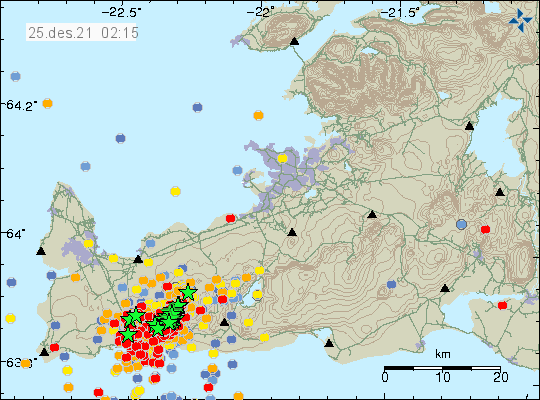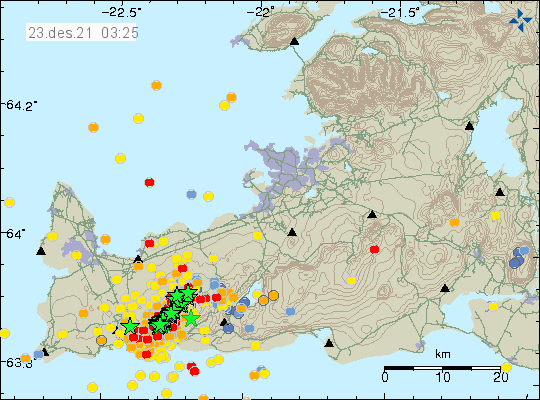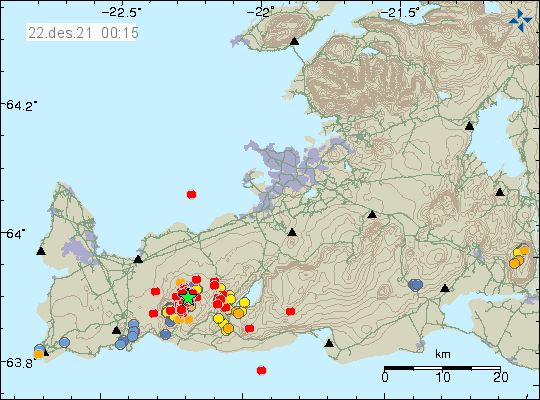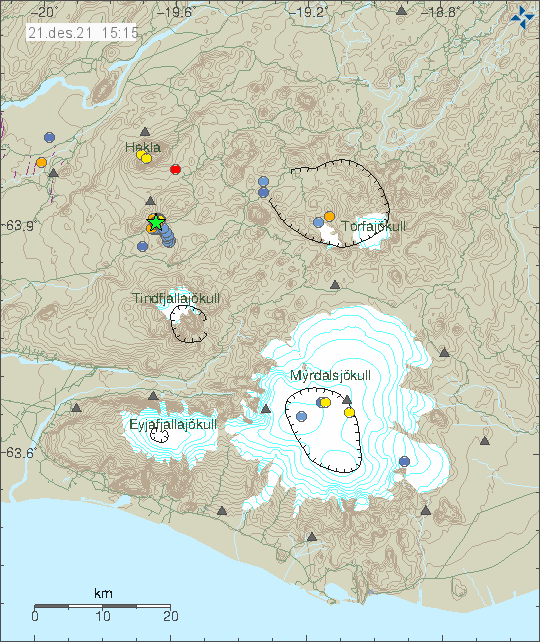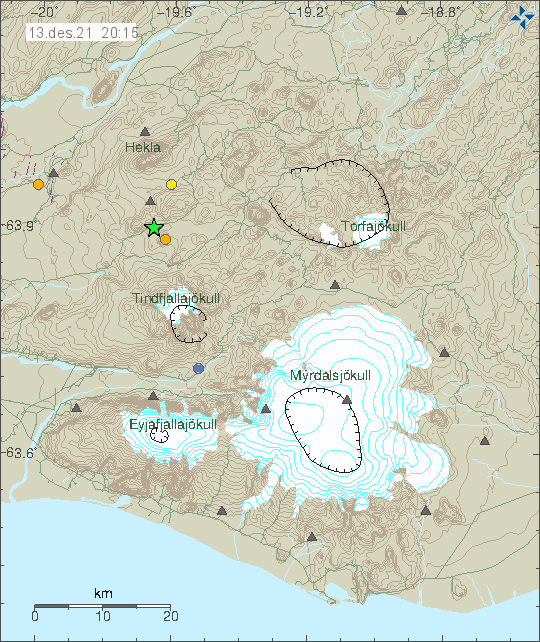I made the chose to go on a little break. While this is just a writing break from activity reports, unless there’s an eruption or a large earthquake. I am going to be on a break until end of January 2022. I need this break, because for the last 12 (close to). I have been writing on this website with almost no breaks, or few short ones at most. Because of increase in activity in Iceland, I now need to increase my breaks between large events, like eruptions or large earthquakes. This gives me to time to recharge my batteries before the next large events start in Iceland.
This also is going to result in that I won’t write about smaller events in Iceland. This is possibly a temporarily solution to make my workload a slightly less and allows me to attend to other projects (that I much need to do). Like write about what is happening in space on my Spacewatch website (that I’ve been neglecting for too long) or write few short stories that I’ve been thinking about for a while and put them up on my Stories of Infinity website. I won’t start writing new stories until I move back to Denmark though.
This article is not going to be published on the social media. Since I am slowly trying to reduce my dependence on social media for a good reason that most people should aware of now what is.


